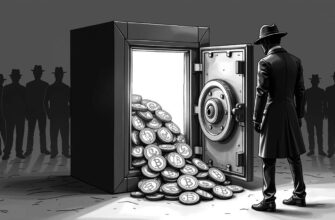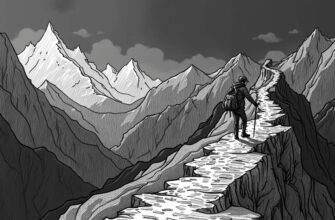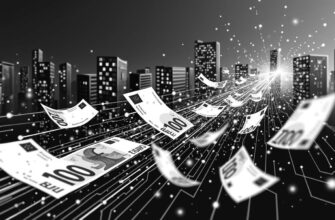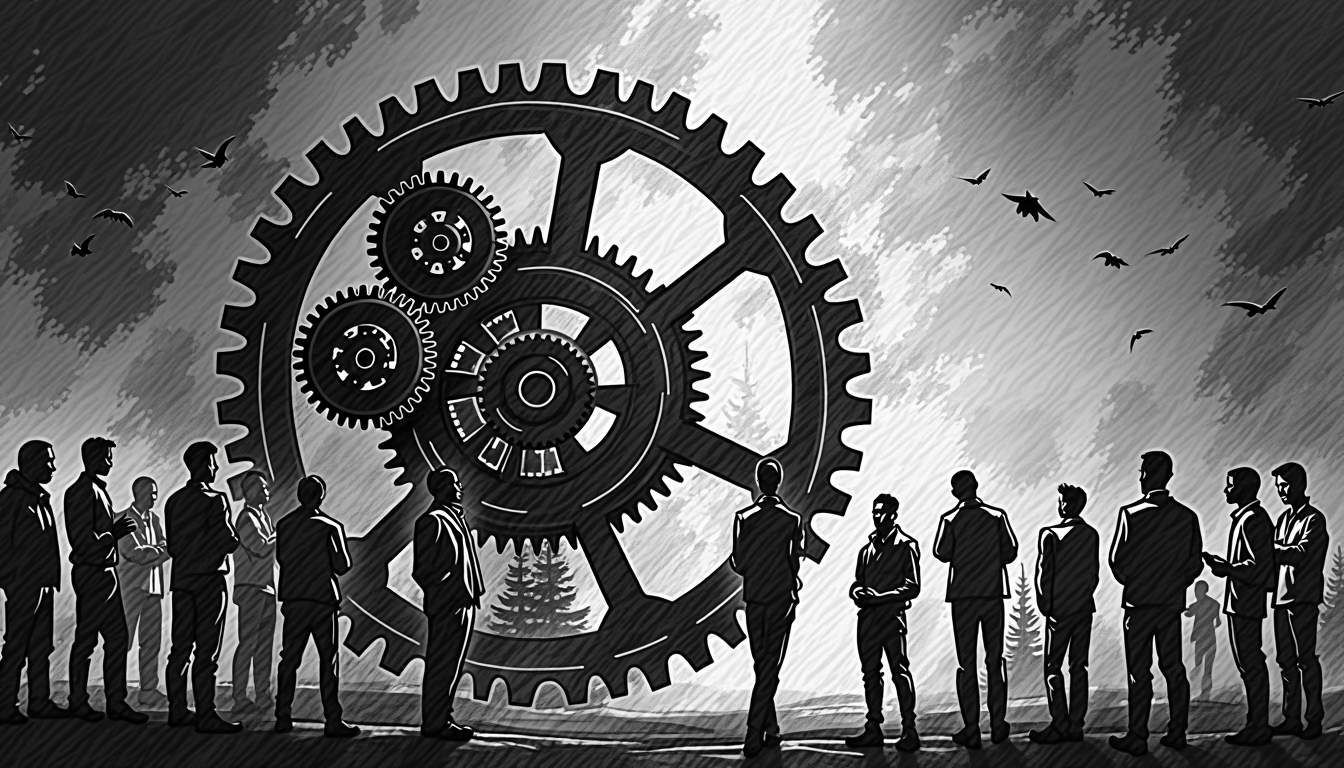The neoclassical and Keynesian brands of economics have come under increased scrutiny following their failure to explain the 2008 financial crisis and the environmental effects of human-led climate change.
Prominent thinkers in the fields of behavioral science and complexity theory are embracing a more interdisciplinary approach and place their emphasis on network effects, evolutionary mechanisms, and energy systems.
This new intellectual framework is well suited to evaluating proposed pathways to the renewable energy transformation because it aims to understand the true nature of technology and energy as it relates to the economic process. Rather than reducing technology and the environment to externalities, biophysical economics and complexity theory integrate the natural and social sciences while making these variables essential to its models.
It begins by crowning entropy as the driving force of all economic activity. Entropy stipulates that in closed systems, energy always flows from order to disorder in order to reach thermodynamic equilibrium, implying that energy makes a qualitative change towards equal distribution as concentrated sources degrade and distribute evenly.
As it relates to the economic process, humans are concerned with finding ordered sources of energy suitable for use in production and emitting waste as dissipated energy. A lump of coal is considered energy available for immediate use, whereas the heat energy of the ocean, although significant in quantitative terms, is qualitatively impossible to acquire for economic use.
The key limitation is that the entropy process only works in one direction –
you can’t gather the rubber molecules that disperse as your tire degrades on the pavement. You have to get a new tire to replace it, by taking rubber from the environment in its ordered form.
All economic activity, which at its root consists of taking stocks of natural resources and turning them into goods and services, speeds up the entropy process.
All organisms have a process for gathering energy from the environment, using it as an input for some sort of metabolism process, and exhibiting waste as an output. Prehistoric hunter-gatherers relied on the energy easily available and found in nature, just as any other species of organisms would. They collected plants, hunted animals, and made tools using the resources of the environment, which limited the size of human populations to the natural carrying capacity of the surrounding ecosystem.
There was little notion of scarcity as the natural environment was so vast that waste quickly absorbed and plants or animals quickly regenerated.
The machine age and its side effects
Several great leaps forward constituted drastic paradigm shifts in the amount of energy societies were capable of processing. Fire allowed hunter-gatherers to ward off predators and process nutrients more effectively, agriculture gave societies an energy surplus for the first time, and the fossil fuel energy windfall ushered in the machine age and powered the rise of nation-states.
In terms of labor and capital, these innovations generated lots of wealth. The industrial revolution acted as the socioeconomic equivalent of the Big Bang. Developed societies put vast reserves of fossil fuels to use which lead to exponential increases in economic growth, population size, energy throughput, and resource consumption.
Technological advances have increased the rate and flow of energy, which has lead to higher standards of living but also increased complexity and energy consumption.
To epitomize the advantages and disadvantages of technology, consider the tractor. To obtain the 2,000 or so calories needed to sustain ourselves on a daily basis, we went from using muscles to hunt deer to processing vast amounts of energy through huge networks of carbon-based infrastructure.
Rather than expend physical energy as a hunter-gather would, the current agricultural system uses fossil fuels as an input for chemical fertilizer, to power the tractor that harvests the produce, to power the devices that make the tractors, create packaging for the food, transport the food and generate electricity to refrigerate the food along the way. This also includes the energy to supply the office space and labor the corporation needs to do its job, supply the office space and labor for the bank that finances this activity, and supply resources for the government agency that regulates this industry.
The invention of the tractor paired one person with a reasonable capital investment to reap crop outputs previously requiring the energy of thousands of workers. If labor represents the human energy put into the production process, and capital represents the financial value of the equipment to increase efficiency, this model neglects to account for the rare earth metals and fossil fuel inputs required to build and operate the equipment. Monetary value moves from retailers to suppliers, producers to consumers, all the while generating wealth for all and circulating through the economy.
But energy only moves in one direction.
What does this all mean?
The key takeaway from this energy-centric view of history is that there are two economies. One relates to the physical materials used to make products and move stuff around, like fossil fuels and minerals, and the other relates to imaginary social innovations like paper money and laws that allow us to efficiency organize this energy surplus. But these two systems are diverging. We have an oversaturation of lawyers and bankers, which leads to paper wealth but strains the energy supply – the heartbeat of the economy.
We are headed towards a fundamental phase shift as Energy Returns On Energy Invested (EROEI) continues to drop. EROEI simply measures the energy required to obtain more energy, with the surplus leftover for rest of the economy. It wouldn’t make sense to drill for oil if all that oil is needed to run the rig.
The problem is, EROEI is on the decline. Drilling oil used to be as simple as sticking a straw in the ground, but now we need highly complex machines to extract crude from tar sands or run offshore rigs. Remember, energy inputs also include all the financial and manufacturing resources required to operate this technology.
In classical economics, the returns to scale realized by massive corporations and the specialization of labor they facilitate leads to incredible efficiency and profits; in the entropic worldview championed by the biophysical economists, however, this process serves to move civilization further away from thermodynamic equilibrium.
EROEI doesn’t get accounted for in our current production functions and corporate expense statements. To the existing Keynesian paradigm, energy is energy no matter where it comes from. To the biophysical economist, the source is the core measure of economic health.
Declining EROEI
Declining EROEI suggests civilization is on the verge of a transition to new sources of energy. Cheap debt, low interest rates, and inflation have created disequilibrium between the financial economy and the physical economy it was designed to serve. Financialization papers over the genuine health of the economy and temporarily protects us from falling EROEI. The boom and bust of the housing market is one recent example of bankers and lawyers conjuring up wealth in the imaginary economy.
Financial and legal institutions of the imaginary economy evolve around energy sources and technology to form techno-economic paradigms. Originating from Joseph Schumpeter of the Austrian school, techno-economic paradigms represent clusters of disruptive technologies forming a complex system where feedback loops incentivize the diffusion of core innovations. Waves of innovations dominate economies over time and create a common-sense basis for organizing institutions. The institutions, however, are sticky. Laws can’t adapt as quickly as firms can invent engines and semiconductors.
The natural characteristics of the energy source fueling the production process influence the direction and logic of techno-economic paradigms, including financial, legal, and political institutions. Empires couldn’t exist without agriculture, industrial nation-states couldn’t exist without fossil fuels, and paper money originated to account for capital goods from an energy surplus.
Shifting paradigms & redesigning institutions
Renewable energy is naturally distributed and intermittent, so the techno-economic paradigm and its corresponding institutions must evolve to accommodate these facts; moving away from the industrial paradigm towards the information paradigm requires redesigning institutions.
Blockchain technology, as the next iteration of the Internet, can create a software infrastructure layer incentivizing the adoption of renewables and energy efficiency while creating institutions molded for the age of 1s and 0s rather than coal and steam. It can bring us closer to natural order by again synching economic activity with the complex choreography of the biosphere.
We live in an economy where we are always encouraged to consume more and buy things rather than save money and live efficiently because institutions have evolved to maximize the throughput of fossil fuels. Legitimacy depends on the ability to provide economic growth, which is problematic because economic growth is so closely correlated to energy and resource consumption.
Leaping a socioeconomic class literally means owning a bigger house, a car, and using more energy. Everything is organized towards growth.
Although climate change is extremely complex and multifaceted, electricity generation is the best place to start for bringing renewable energy technology to market because it has been the economic sector with the highest emissions. Plus, many solutions for reducing emissions in transportation and heating require electrifying both sectors. This introduces more complexity, digitization, and decentralization onto an electrical grid that still largely functions in the industrial paradigm.
The closer we can geographically place production and consumption of physical resources, the more energy efficient our economy will become. But renewable energy is mostly incompatible with current civilization. Renewables are variable and have low EROEI metrics, while cities and transport are dense. Shifting requires re-organizing economic activity to maximize the strengths and minimize the weaknesses of renewables by creating an Energy Internet with wholesale market prices.
Blockchain & the Renewable Energy Internet
Exposing every node of the digital grid to wholesale market prices will ensure all machines connected to the Energy Internet operate optimally. Poles and wires must act as a platform capable of dispatching and receiving electricity from each grid asset, rather than delivering a product from generation source to customer. It must use every endpoint as either an asset or liability depending on the weather and time of day. By exposing consumers and prosumers to the risk and reward of a market based on the rhythm of natural systems, technology can sync economic energy consumption with the biophysical world.
Blockchain technology is well suited to form the institutional core of this new paradigm by providing financial efficiency and creating a transactive grid.
The current financial system is a centralized vestige of the industrial era ill-suited to finance small-scale energy efficiency and renewable energy projects needed for the energy transition because they have high soft costs. Since the cleantech boom and bust cycle at the beginning of the decade, venture capital firms have been wary of financing startups in this industry. Struggling to operate according to the VC timeline, energy startups have been unable to scale the technologies needed to make meaningful inroads.
Decentralized assets have inherent advantages in liquidity and trading volume because they exist solely in digital form and can travel as fast as the Internet moves 1s and 0s. Through Initial Coin Offerings (ICOs) and tokenized securities, distributed ledger technology can largely address the limitations of venture capital.
When released, tokens are immediately liquid and accessible to patient investors with a timeline suitable for innovation in hard science. Security tokens increase liquidity and reduce soft costs because they remove intermediaries, allow fractional ownership, have instantaneous settlement, and reduce exclusivity.
New & flexible financing mechanisms
Harbor, a startup based in San Francisco, recognizes this market opportunity and uses tokenized securities to automate the institutions responsible for enforcing this conventional financial structure. It combines high liquidity with low administrative burden to remove the illiquidity discount and unlock hidden value by encoding SEC compliant features into the tokens themselves.
Project developers also have struggled to attract the institutional capital needed to deploy high levels of utility-scale wind and solar. For example, solar power projects have rarely met the rigid criteria of institutional investors because they are expensive to securitize, cannot trade on public exchanges, and are not worth extensive due diligence and asset management of large. However, turning cash flows from these solar projects into tokenized securities can reduce institutional costs and create flexible financing mechanisms.
Organizations such as WePower and Impact PPA are working to create more transparency between buyers and sellers to streamline the financial relationship and reduce institutional costs.
An Energy Internet and transactive grid run on blockchain can let the natural order of the market coax out efficient generation, storage, and demand response by tightening feedback loops and creating a market more responsive to the weather. By using blockchains to create a unified Energy Internet operating system, the grid would transform centralized intermediaries into emergent thermodynamic efficiency.
Each node must act in its self-interest based on market signals and be incentivized towards helpful behavior. For example, current flat rate design protects consumers from volatility but does not communicate the value each source of renewables can provide to the grid. Concentrated Solar Power (CSP) plants are currently too expensive, without subsidies, to compete with solar PV, but have the advantage of using molten salt to store energy throughout the night. When markets reward dispatchability, also known as the ability to produce power on demand, CSP becomes competitive.
Startups like Grid+, Powerledger, and Green Energy Exchange are creating networks that lower the cost of peer to peer trading, demand response, and distributed energy resources for individuals, with the ultimate goal of exposing these homes to wholesale markets and reconfiguring how individual entities produce, consume, and trade electricity.
Change will be difficult, impediments are widespread
It goes without saying that there are several impediments to the development of this Energy Internet. On a technical level, it is pretty high profile that distributed ledgers struggle to scale and have poor UX.
Other issues are behavioral; will home and business owners be willing to expose themselves to the volatility of the system? It will be possible if the technology is in place to make sure early adopters and eventually mass consumers have the opportunity to profit. If the products of this techno-economic paradigm, like IoT devices and DERs, are user-friendly, then it is likely individuals will be happy to set preferences and let machines run by smart contracts work markets on their behalf.
Nevertheless, it is clear that embracing a techno-economic paradigm designed to organize economic activity around the decentralized and variable characteristics of renewable energy can be more effectively implemented using blockchain technology.
Kyle graduated from Boston College with a degree in International Political Economy. He enjoys writing about complexity theory, biophysical economics, and the intersection of renewable energy and blockchain technology.
If you liked this article, check out these posts:







